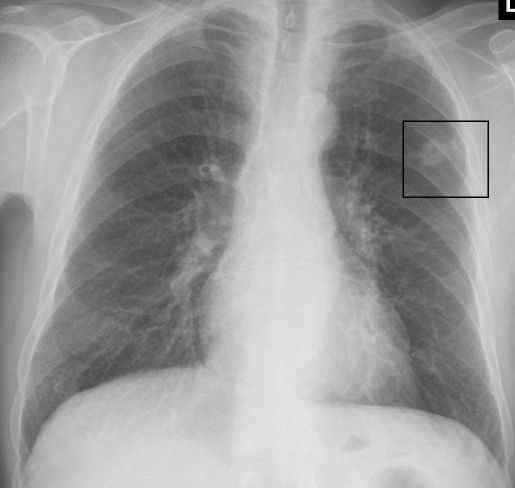Researchers from MIT have shown that cells from different people do not react in the same way when they are exposed to a substance that causes DNA damage. This finding may help doctors predict how patients will respond to chemotherapy, and better understand each person's chance of developing cancer.

It is a well-known fact that medicines do not work with the same degree of effectiveness on every person. Each of us has our own genetic pattern that determines how quickly the drugs will be broken down in the blood and in the digestive system, what will be the elimination rate of the drugs from the blood to the urinary system and how will the cells react to the drugs that reach them. When it comes to medicines for simple problems such as headache that do not endanger the patient, there is no reason to panic. In the worst case, we will take another pill and go to sleep.
The real problem begins when it is necessary to administer drugs that have a particularly strong effect on the patient's body. The routine treatment of cancer today, for example, is through chemotherapy - drugs that kill cancer cells, but they also have a harmful effect on other cells in the body. The dose of the drug given in this case should be measured carefully, while taking into account the way the patient's body deals with the drug. Unfortunately, as of today there is still no good way to assess in advance how the patient's body will deal with the drug.
Last September, researchers from the Massachusetts Institute of Technology were able to show that the problem is more complicated than previously thought. Apart from the rate of removal and breakdown of the chemotherapy drug in the blood circulation, it now turns out that even cells from different patients do not react in the same way to the same drug. In a study published on September 18 in the online version of the scientific journal 'Genes and Development', the researchers showed that it is possible to predict in advance how vulnerable a person's cells are to a chemotherapy substance called MNNG, by analyzing a group of 48 genes in each of the cells.
MNNG, a substance that damages DNA, is similar to various toxic chemicals - among others those present in tobacco smoke and common chemotherapy drugs. The substance enters the cells and causes irreversible damage to the DNA. Rapidly dividing cells - such as cancer cells - are unable to repair the damage or inhibit their division mechanism, and die as a result of the defective division forced upon them. Even healthy cells that divide rapidly, such as the cells of the hair follicle and the cells of the lining tissue of the intestine, are particularly sensitive to chemotherapy.
In the experiments, the researchers discovered that there are significant differences in the way healthy cells from different people react to MNNG. "A cell line from one person was dramatically killed, while a cell line from another person was immune to exposure," said Rebecca Frey, a former research scientist at MIT and lead author of the paper. "It was not known that among cell lines from different people there could be such dramatic differences in responses."
The cells defend themselves against the damage caused by the MNNG through a wide variety of enzymes that repair the DNA and a series of metabolic pathways that are activated in cases of DNA damage. At the same time, in each person there are slight differences in the expression levels of the genes involved in these pathways.
"Even if everyone is exposed to the exact same things, they're going to react differently because we're all genetically different," said Leona Samson, senior author of the paper, head of the Center for Environmental Health Sciences at MIT and a professor at the American Cancer Society.
The members of the research group found that after measuring the expression of each gene in each of the cell lines, they were able to predict the sensitivity of the cells to MNNG based on the expression level of only 48 genes, with an accuracy of 94 percent. According to Samson, some of the genes in this group have already been linked to cancer, but it was not known that their expression level changed even before the exposure to the factor that caused the DNA damage.
Although the research is specific to MNNG, members of Samson's lab are currently trying to predict the responses of cells from different people to other toxic substances. The substances they test are the same as those that can be found in hospitals, on the chemotherapy shelf, and include cisplatin, a common chemotherapy drug, and temozolomide, which is used to treat brain cancer. In addition, it is possible that it will be possible to use the insights from the research to predict in the future which of us has an increased chance of getting cancer, because his cells are unable to carry out the suicide mechanism that prevents them from dividing uncontrollably, or alternatively, are unable to repair the DNA when they are exposed to carcinogenic radiation or toxic chemicals.
For information on the website of the MIT Institute of Technology
